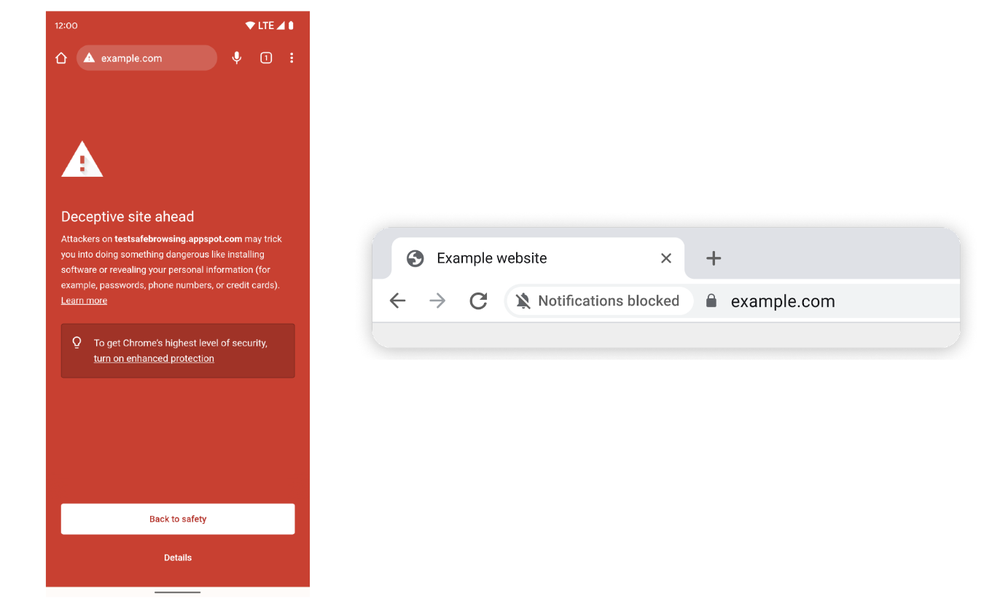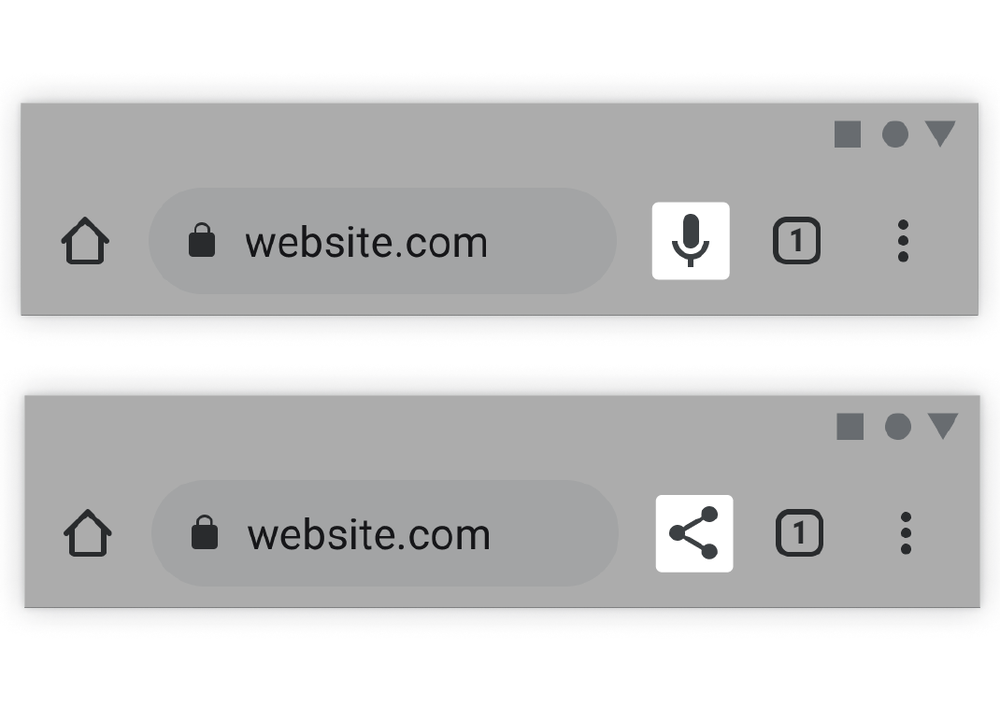

Google Chrome gets on-device machine learning to block annoying web notification...
source link: https://www.techspot.com/news/94897-google-chrome-gets-device-machine-learning-block-annoying.html
Go to the source link to view the article. You can view the picture content, updated content and better typesetting reading experience. If the link is broken, please click the button below to view the snapshot at that time.

Google Chrome gets on-device machine learning to block annoying web notifications, will soon get adaptive toolbar
Google wants to make Chrome more powerful behind the scenes for safer web browsing
By Humza Aamir Today 7:36 AM
In a nutshell: With Chrome 102, Google is making its browser more intelligent by predicting when a user is likely to ignore or reject a notification permission prompt. These pop-ups, the company says, will now be automatically silenced based on how a user has previously interacted with similar prompts.
Google's machine learning advancements regularly get the spotlight in the company's keynotes. Now, it's using more of this tech in the Chrome browser to handle web notifications for a more seamless web experience.
Google looks to achieve this by adding a new ML model in Chrome that can predict when a user is unlikely to grant permission to a web page notification and will automatically silence this prompt. These predictions happen on-device, so while Chrome may take a bit more of your system resources, the computations are likely to be faster, and your data won't leave your device.

Perhaps even more interesting is that Google wants to use ML tech to adjust Chrome's toolbar in real-time. A future update to the browser will let it detect what type of activity a user is currently engaged in and will adjust the toolbar accordingly.

You could, presumably, have a document open and see the share button appear in the toolbar, while mic input could be more relevant in other instances. Since the browser's proactiveness can also be a cause of irritation because of changing UI elements, Google says that users will have the option to customize this feature manually.
Moreover, the company also shared that its new ML model rolled out in March this year was able to identify 2.5x more potentially malicious sites and phishing attacks than the previous model. This statement appears to be yet another response from Google to the findings of a recent study, which claimed that Chrome failed to recognize up to 75 percent of phishing websites.
Recommend
About Joyk
Aggregate valuable and interesting links.
Joyk means Joy of geeK